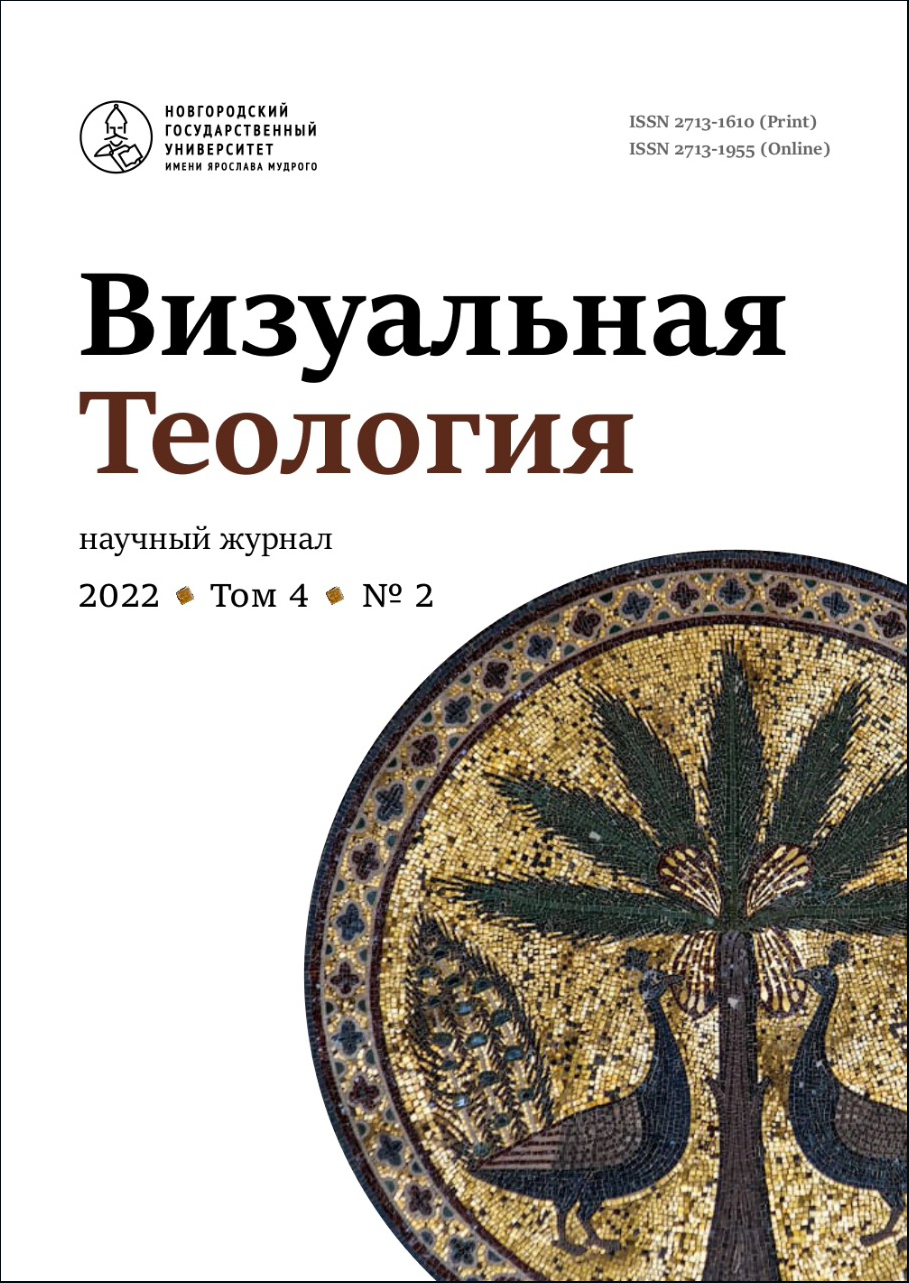Interpretation of Sophia the Wisdom of God in Russian Philosophical Sophiology
Аннотация
Статья открывает серию исследований, посвящённых теме Софии – Премудрости Божией в истории русского христианского изобразительного искусства и сакральной архитектуры. Кафедральный собор Великого Новгорода, построенный в 11 веке, является одним из древнейших религиозных сооружений, посвящённых Святой Софии. Вопрос о наименовании новгородского собора через несколько веков после его постройки послужил причиной теологической дискуссии, а в 19–20 веках вызвал к жизни целое религиозно-философское направление, характерное именно для России, – традицию софиологии. Икона Софии-Премудрости, которая занимает совершенно уникальное место в истории русской иконографии, до сих пор не получила общепринятой интерпретации. Различные философские теории, направленные на объяснение содержания этой иконы, а также на реконструкцию смысла самого имени Софии-Премудрости, исследованы в этой статье. Для Владимира Соловьёва София есть олицетворение единства космоса, персонаж его мистической поэзии и мифологическая «Душа мира» в рамках его философии всеединства. У священника Павла Флоренского София описана как божественная природа всех живых существ, «идеальная личность мира», в сознании народа зачастую сливающаяся с Богородицей. Сергий Булгаков связывает Софию то с божественной сущностью Троицы, то с высшим принципом мирового порядка, то с отдельным ангелом. Все названные философы пытаются произвольно интерпретировать сюжет иконы Святой Софии и наименование русских храмов в честь Святой Софии для аргументации своих религиозно-философских концепций, далёких от христианской ортодоксии.


